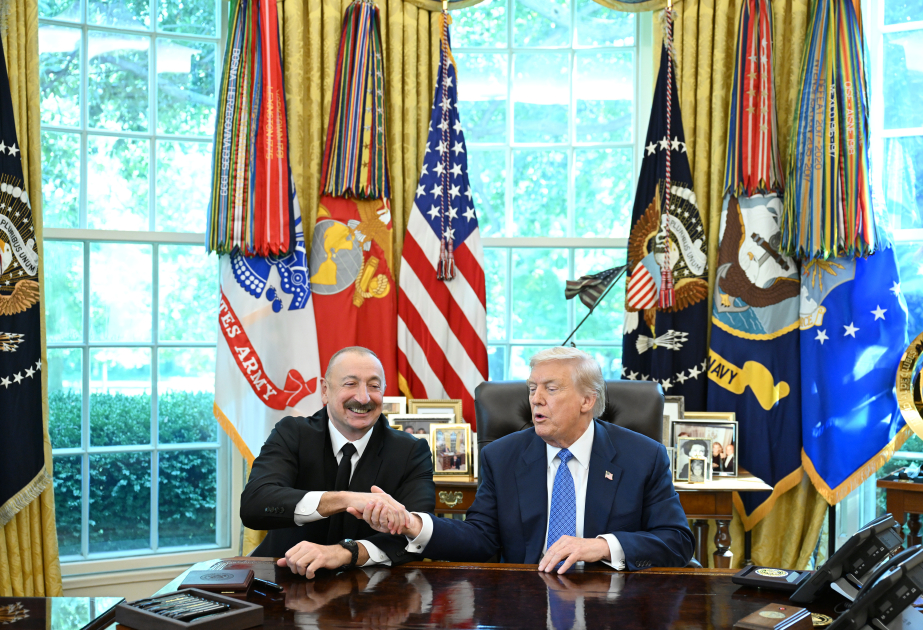New York, December 15, 2023, The Europe Today: Production at U.S. factories rose in November, lifted by a rebound in motor vehicle output following the end of strikes, but activity was weaker elsewhere as manufacturing grapples with higher borrowing costs and softening demand.
Despite the manufacturing sector’s mixed fortunes, the economy continued to expand as the year ended. A survey on Friday showed business activity picked up in December amid rising orders and demand for workers in the services industry.
“The broader economy keeps growing, but industrial production peaked way back in September 2022,” said Christopher Rupkey, chief economist at FWDBONDS in New York. “Manufacturing continues to limp along and is unlikely to provide the fuel for economic growth in the near term.”
Manufacturing output rose 0.3% in November, the Federal Reserve said. Data for October was revised lower to show production at factories falling 0.8% instead of by the previously reported 0.7%. Economists polled by Reuters had forecast factory output would rebound 0.4%.
Excluding motor vehicles and parts, manufacturing output slipped 0.2%. Overall production at factories decreased 0.8% on a year-on-year basis in November.
Manufacturing, which accounts for 10.2% of the economy, continues to be hamstrung by higher interest rates. Despite an easing in financial conditions and prospects of rate cuts next year, a rapid improvement in factory output is not expected amid signs that businesses are throttling back on inventory accumulation in anticipation of softer demand.
A survey from the Institute for Supply Management this month found that manufacturers viewed customer inventories as having increased “toward the upper end of ‘about-right’ territory” in November. The ISM’s manufacturing PMI has remained in contraction territory for 13 straight months, the longest such stretch since the August 2000-January 2002 period.
The Fed held interest rates steady on Wednesday and signaled in new economic projections that the historic tightening of monetary policy engineered over the last two years is at an end and lower borrowing costs are coming in 2024.
The lackluster outlook for manufacturing was reinforced on Friday by the New York Fed’s Empire State survey, which showed factory activity in the region sinking deeper into recession. The survey’s general business conditions plunged 24 points to -14.5 this month, with new orders and employment measures stuck in negative territory.














